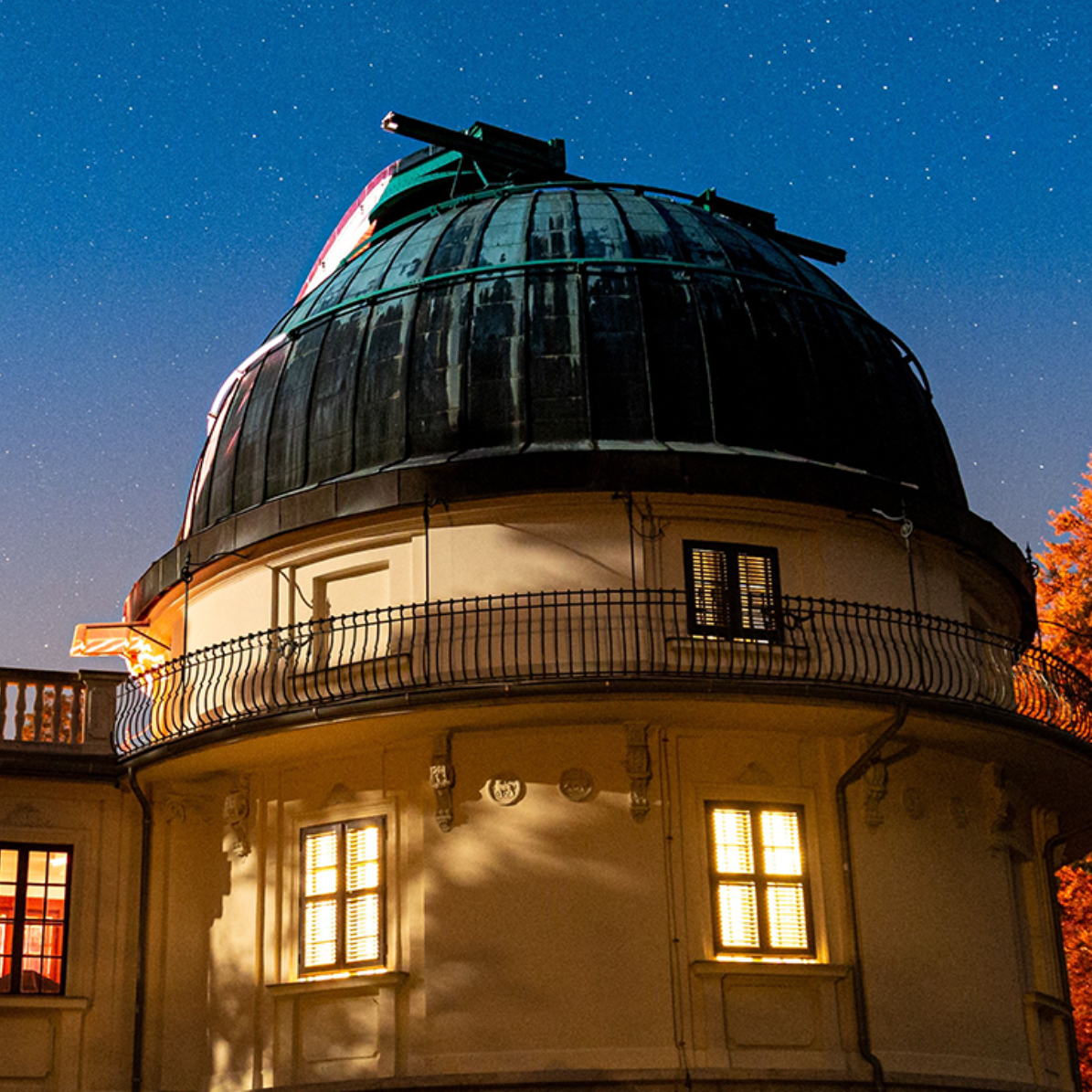Research
Keywords
Cosmology, Dark Energy, Cosmic Microwave Background (CMB), Cosmic voids, Superclusters, Large-Scale Structure (LSS)

International collaborations
Members of the Lendület-LSS group may participate in various cosmology projects in multiple ongoing and upcoming galaxy/QSO surveys, such as LSST-DESC at the Vera C. Rubin Observatory, the Euclid Consortium, the WEAVE-QSO survey, the Dark Energy Survey (DES), and the J-PAS project.

Research field
The standard ΛCDM (Lambda-Cold Dark Matter) cosmological model has emerged as the consensus model of Einstein’s generally relativistic universe. It has shown truly remarkable explanatory power over a variety of cosmic scales and epochs, and it narrates a reassuring story of a model universe currently filled mostly with dark matter and dark energy. However, this explanation is not completely satisfactory because the actual nature of the dark sector remains a key puzzle.
To address this problem, international collaborations have built new instruments to map ever larger cosmological volumes. The PI has led data-analysis projects in state-of-the-art galaxy and quasar surveys, with a pioneering role in precise measurements and simulations of the integrated Sachs-Wolfe effect (ISW) and gravitational lensing effects.
Related results in observational cosmology have generated considerable media attention including a cover of the Scientific American and a Fermilab press release.

Planned projects
The Lendület-LSS group will focus on mapping the largest structures in the cosmic web, cosmic voids and superclusters, that have been widely used for CMB-LSS cross-correlation studies. In particular, the team at Konkoly will extend the mapping of voids and superclusters to un-probed, key redshift ranges (z>1) and thus study the growth rate of structure in extreme cosmic environments.

